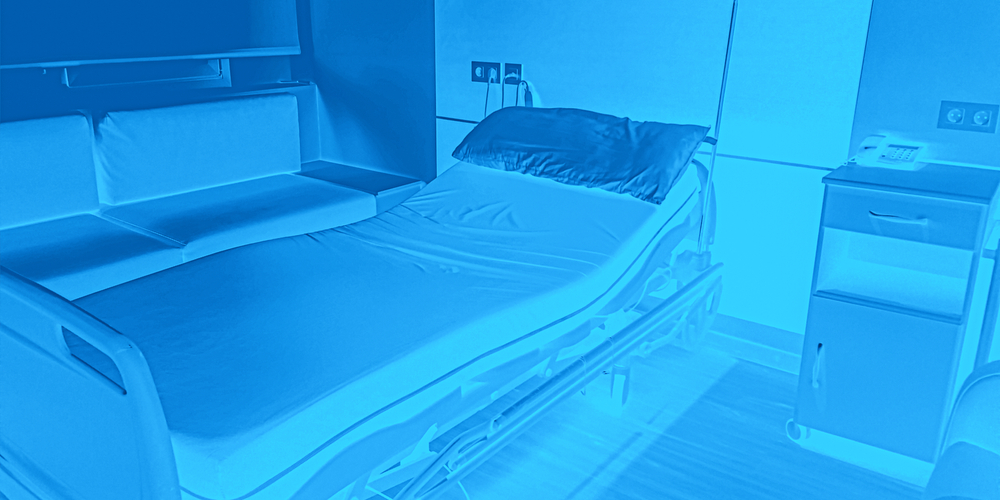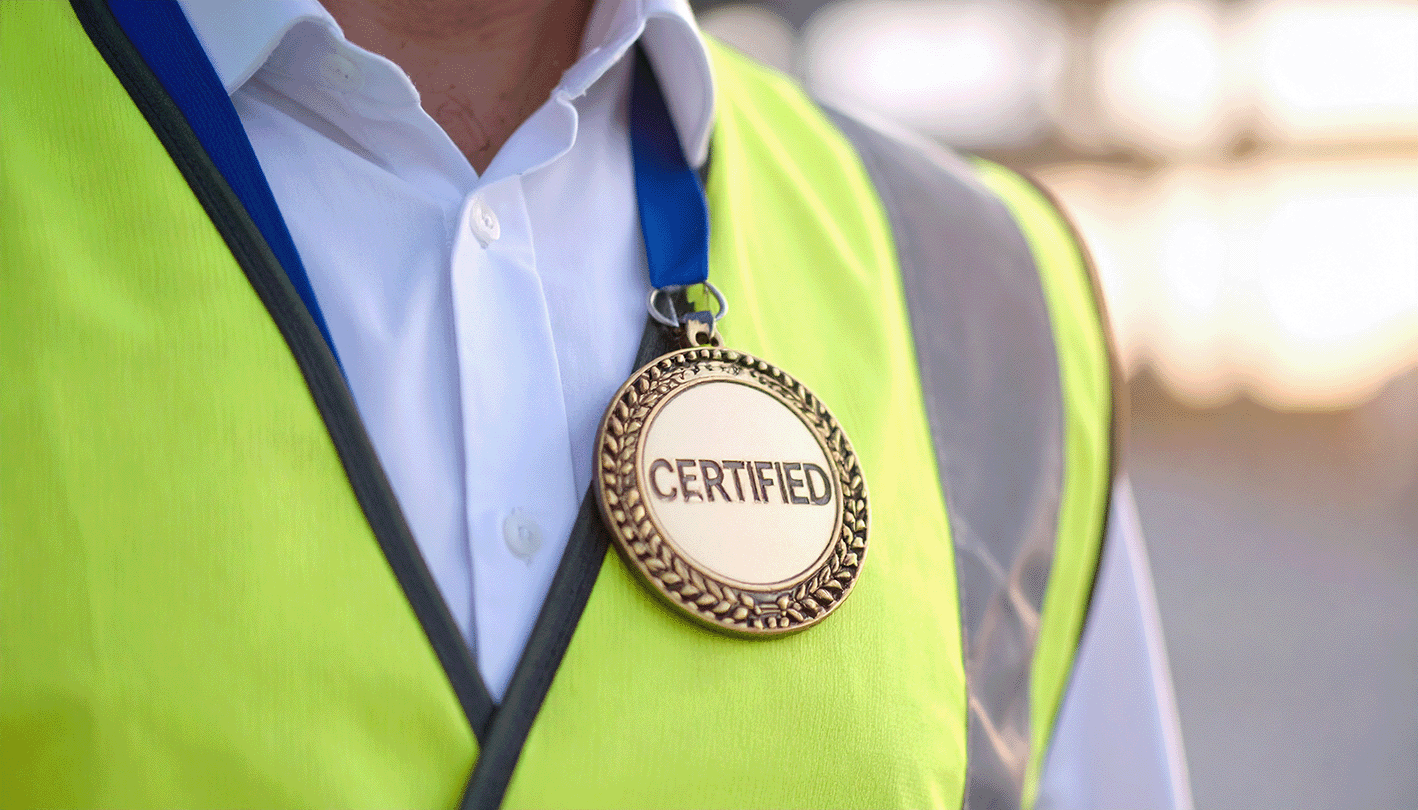A Guide to BS 8628 and UV-C Disinfection Testing
BS 8628:2022 is a British Standard snappily named "Disinfection using ultraviolet radiation. Methods for quantitative testing of automated ultraviolet disinfection activities by direct illumination. Determination of bactericidal, mycobactericidal, sporicidal, yeasticidal, fungicidal, virucidal and phagocidal activities.''
It is essentially a guide to efficacy testing of any ultraviolet germicidal irradiation (UVGI) solution for surface disinfection on nearby surfaces, important in healthcare and food preparation facilities.
Learn more about UVGI as more than just surface disinfection,
but as an air cleaning solution in our article:
The UVGI Explainer: How it Works, Benefits & Solutions
What BS 8628 provides is a standardised method of testing UV systems. This standardisation didn’t exist before 2022, meaning it was hard to compare various solutions’ test results, a fact that concerned the European disinfectant standard writing body CEN, who released the 2022 standard.
How does the efficacy test work?
BS 8628 is based on the existing airborne surface disinfection standard EN 17272:2020, but only includes an efficacy test and not a distribution test as UV devices are only intended for nearby surfaces, not whole rooms.
The efficacy testing procedure mandates that the UV-C decontamination system undergo a single run in a blacked-out testing chamber at a specified distance and height. Systems that successfully pass this test must transparently disclose their process time.
This rigorous evaluation process establishes a clear benchmark for determining whether the UV-C system is sufficiently effective, achieving a reduction in contaminants greater than Log 5.
What does it test for?
As detailed in the full name of the standard, the efficacy test checks for “bactericidal, mycobactericidal, sporicidal, yeasticidal, fungicidal, virucidal and phagocidal activities.” If the UV solution can reduce any of these by more than log 5, it passes.
- Bactericidal activities target the elimination of bacteria, ensuring that harmful bacterial populations are effectively reduced.
- Mycobactericidal assessments focus on the destruction of mycobacteria, which are particularly resilient and often require specialised disinfection techniques.
Sporicidal activities eradicate spores, which are highly resistant structures formed by certain bacteria and fungi. - Yeasticidal and fungicidal evaluations test for the ability of UV radiation to eliminate yeast and fungal organisms, respectively, thus preventing the proliferation of these pathogens.
- Virucidal assessments are crucial for determining the effectiveness of UV disinfection against viruses, including enveloped and non-enveloped viruses that pose significant health risks.
- Phagocidal activities refer to the capability of UV radiation to neutralise pathogenic microorganisms that are ingested by phagocytes, key cells of the immune system.
What facilities is this aimed at?
By meticulously examining various parameters and activities, these evaluations contribute to enhancing the safety and efficacy of disinfection processes in diverse settings, including:
- Healthcare facilities
- Food processing plants
- Laboratories
It is important to recognise that the standard efficacy test primarily focuses on assessing the effectiveness of UV-C decontamination on nearby surfaces. However, ensuring comprehensive decontamination across all areas, including hard-to-reach spots and diverse surface types within the treatment space, requires specialised expertise and innovative solutions.
Talk to us and we can tell you whether UVGI is a good solution for your building.





